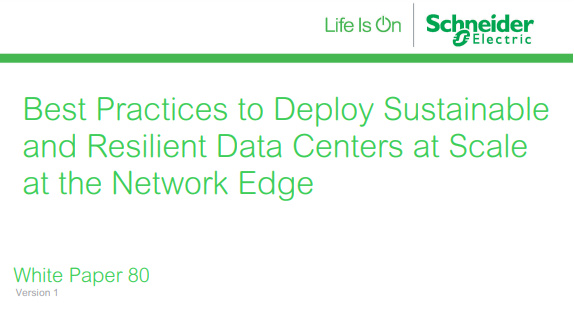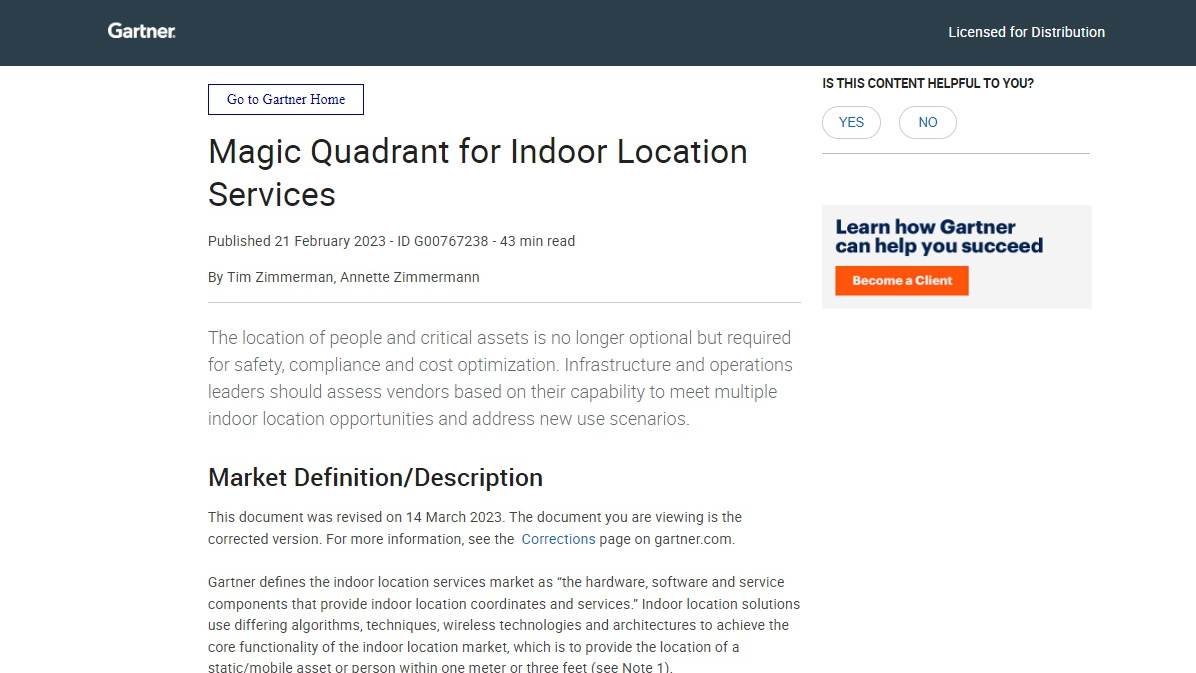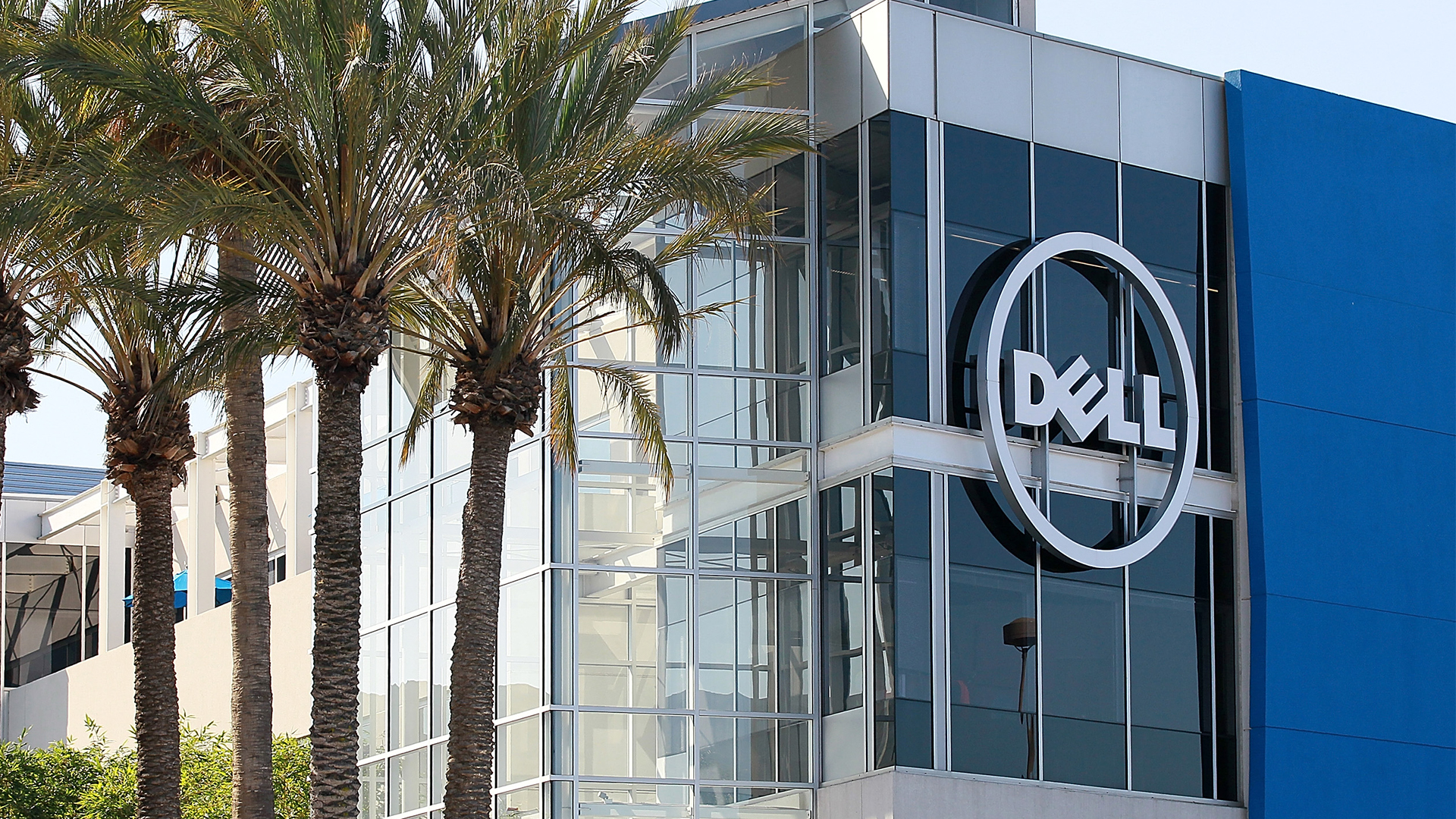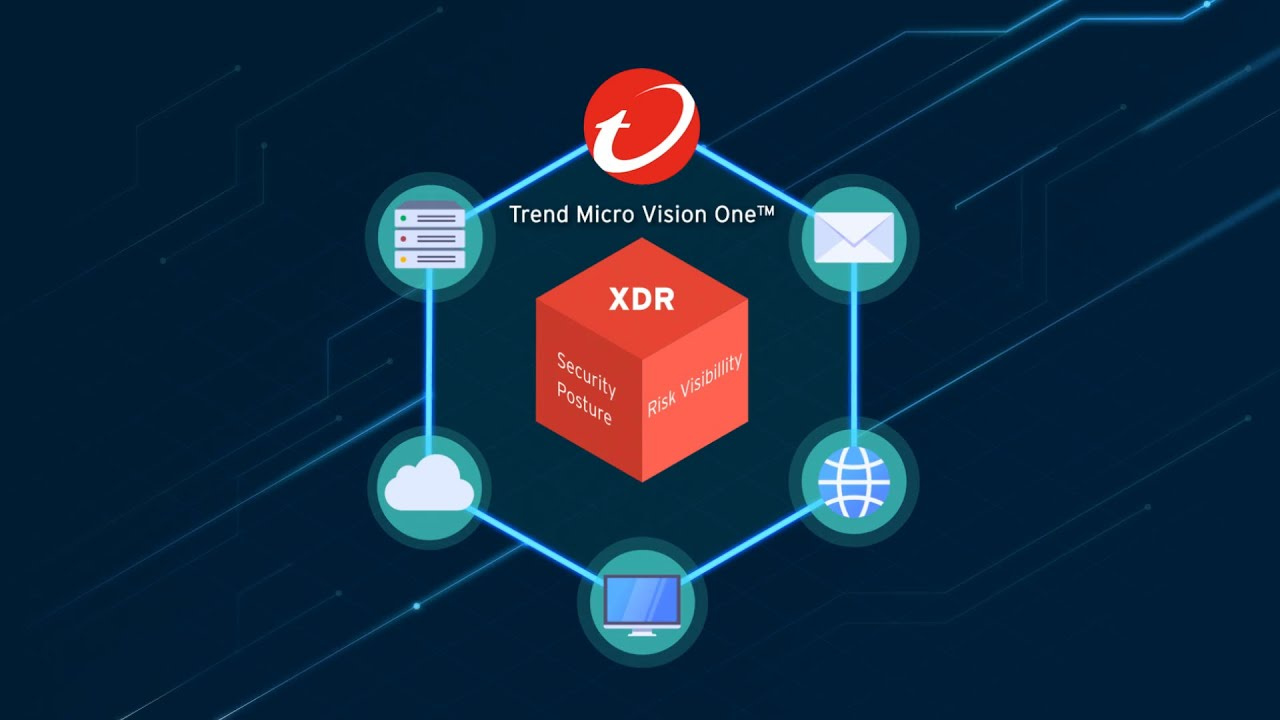Four trends influencing the future of cloud, data centers, and edge infrastructure
Gartner says organizations should use the economic downturn to re-evaluate their infrastructure capabilities


Global businesses running cloud, data center, and infrastructure operations have been urged to spend time reshaping their capabilities amid challenging economic conditions.
Pressure on infrastructure and operations (I&O) teams is expected to grow over the next year as organizations contend with rising costs, acute macroeconomic strain, and a rapidly evolving business landscape, according to experts at Gartner.
Paul Delory, VP analyst at Gartner, said that 2023 will be a year for organizations to “refocus, retool, and rethink” their infrastructure capabilities and technology stack as many seek to optimize operations and work around tightening budgets.
“In the current economic climate, the biggest problem companies face in 2023 may not be IT infrastructure,” he said. “I&O teams, however, will be impacted by economic and geopolitical forces and will have a vital role to play in ameliorating their effects.”
“This won’t be a year to realize grand ambitions, but it marks a moment to refocus, retool and rethink your infrastructure. In every crisis lies opportunity, and in this case, the chance to make positive changes that may be long overdue.”
Gartner’s claims were revealed at its IT Infrastructure, Operations & Cloud Strategies Conference, hosted in Sydney.
Analysts highlighted four key areas in which business operations are being transformed amid a period of economic uncertainty and re-evaluation for firms.
Get the ITPro daily newsletter
Sign up today and you will receive a free copy of our Future Focus 2025 report - the leading guidance on AI, cybersecurity and other IT challenges as per 700+ senior executives
1. Optimizing and ‘refactoring’ cloud infrastructure
Despite a rapid uptake of public cloud in recent years, Gartner warned that “many deployments are ad hoc and poorly implemented", which is having an adverse effect on organizations’ ability to maximize their cloud estate.
Across the year, the consultancy said I&O teams will “have an opportunity to revisit assembled or poorly architected cloud infrastructure” as firms scramble to get the most out of their IT estate.
RELATED RESOURCE

Best practices to deploy sustainable and resilient data centers at scale at the network edge
Data center owners and operators must elevate sustainability to a core value
“The focus of refactoring cloud infrastructure should be on optimizing costs by eliminating redundant, overbuilt or unused cloud infrastructure; building business resilience rather than service-level redundancy; using cloud infrastructure as a way to mitigate supply chain disruptions; and modernizing infrastructure,” Gartner said.
This sharpened focus on optimization will deliver cost savings and efficiency improvements long-term if done correctly, Gartner added. Research from the firm found that 65% of application workloads will be “optimal or ready” for cloud delivery by 2027, marking a significant increase from 45% in 2022.
Underused cloud infrastructure is an issue that’s emerged in organizations in recent years due to a surge in pandemic-related cloud adoption.
However, with rising cloud costs impacting businesses globally in the last 15 months, this issue has come to the fore for many.
Spiraling costs have prompted organizations to ‘reassess’ their relationship with the cloud and cut back on spending.
2. New application architectures driving infrastructure changes
I&O teams are under intense pressure to meet evolving demands for new types of infrastructure, Gartner said. This includes an increased focus on edge infrastructure for “data-intensive” applications, serverless edge architectures, and 5G mobile services.
By 2026, Gartner predicts that 15% of on-premises production workloads will run in containers, up from less than 5% in 2022.
This highlights the need for more flexible infrastructure, however, the consultancy warned that teams “must evaluate options with” care and consider their ability to manage and integrate new workloads while working in the face of time constraints.
“Don’t revert to traditional methods or solutions just because they’ve worked well in the past,” said Delory. “Challenging periods are times to innovate and find new solutions to meet business demands.”
Containers have increasingly become a go-to way for developers to build, test, and deploy applications across multiple environments, including on-prem data centers and in the cloud.
Research from NetApp, for example, shows that containers require less system resources than traditional or hardware-based virtual machine environments.
Greater efficiency, enhanced application development, and increased portability are also among key benefits of containers highlighted by NetApp.
3. Data center teams adopting cloud principles on-prem
According to Gartner, 35% of data center infrastructure will be managed from a cloud-based control plane by 2027, from less than 10% in 2022.
This increase is being propelled by the fact that “data centers are shrinking and migration to platform-based colocation providers”, the firm noted. This, combined with new as-a-service models for physical infrastructure is providing organizations with “cloud-like service-centricity” to on-prem infrastructure.
RELATED RESOURCE

Magic Quadrant for Indoor Location Services
The location of people and critical assets is no longer optional but required for safety, compliance and cost optimization
In the year ahead, Gartner said I&O professionals should focus on “building cloud-native infrastructure within the data center” to optimize and streamline operations.
Gartner’s research also urged teams to focus heavily on migrating workloads from owned facilities to co-location facilities, or embrace as-a-service models for physical infrastructure.
Migrating and integrating workloads poses challenges for businesses, however.
With firms facing an increasing array of cloud-related options spanning public, private, and hybrid cloud, making the correct decision based on their individual circumstances, needs, and financial capabilities could make or break a successful migration.
4. Skills growth a key priority for businesses
The pervasive issue of skills deficits will continue to plague businesses in the year ahead, meaning that attracting and retaining talent will be critical to ensuring success in infrastructure modernization projects.
“Lack of skills remains the biggest barrier to infrastructure modernization initiatives, with many organizations finding they cannot hire outside talent to fill these skills gaps. IT organizations will not succeed unless they prioritize organic skills growth,” Gartner said.
To tackle this growing issue, I&O leaders must make operations skills growth their “highest priority” in 2023. This includes encouraging I&O staff to “take on new roles”, expand skills through training programs, and encourage cross-functional training to ensure a broader range of applicable skills throughout teams.
This heightened focus on cross-functional training could be key for organizations moving forward, with the consultancy’s own research predicting that 60% of data center infrastructure teams will have “relevant automation and cloud skills” by 2027.
This marks a significant increase from just 30% in 2022, highlighting the growing appetite for firms to develop more multi-skilled teams.

Ross Kelly is ITPro's News & Analysis Editor, responsible for leading the brand's news output and in-depth reporting on the latest stories from across the business technology landscape. Ross was previously a Staff Writer, during which time he developed a keen interest in cyber security, business leadership, and emerging technologies.
He graduated from Edinburgh Napier University in 2016 with a BA (Hons) in Journalism, and joined ITPro in 2022 after four years working in technology conference research.
For news pitches, you can contact Ross at ross.kelly@futurenet.com, or on Twitter and LinkedIn.
-
 Global cybersecurity spending is set to rise 12% in 2025 – here are the industries ramping up investment
Global cybersecurity spending is set to rise 12% in 2025 – here are the industries ramping up investmentNews Global cybersecurity spending is expected to surge this year, fueled by escalating state-sponsored threats and the rise of generative AI, according to new analysis from IDC.
By Ross Kelly Published
-
 Google Cloud is leaning on all its strengths to support enterprise AI
Google Cloud is leaning on all its strengths to support enterprise AIAnalysis Google Cloud made a big statement at its annual conference last week, staking its claim as the go-to provider for enterprise AI adoption.
By Rory Bathgate Published
-
 A quarter of firms still don’t have a formal data strategy – and it’s hampering AI adoption
A quarter of firms still don’t have a formal data strategy – and it’s hampering AI adoptionNews More than a quarter of firms have no formal data strategy, and it's hampering enterprise AI adoption efforts.
By George Fitzmaurice Published
-
 AI projects are faltering as CDOs grapple with poor data quality
AI projects are faltering as CDOs grapple with poor data qualityNews Chief data officers say they can't maintain consistent data quality, and that it's affecting AI outcomes
By Emma Woollacott Published
-
 Predicts 2024: Sustainability reshapes IT sourcing and procurement
Predicts 2024: Sustainability reshapes IT sourcing and procurementwhitepaper Take the following actions to realize environmental sustainability
By ITPro Published
-
 Advance sustainability and energy efficiency in the era of GenAI
Advance sustainability and energy efficiency in the era of GenAIwhitepaper Take a future-ready approach with Dell Technologies and Intel
By ITPro Published
-
 Strengthening your data resilience strategy
Strengthening your data resilience strategywebinar Safeguard your digital assets
By ITPro Published
-
 Five ways to drive innovation at the edge
Five ways to drive innovation at the edgeWhitepaper How an effective edge strategy can generate new value for your organization
By ITPro Published
-
 Healthcare’s next chapter
Healthcare’s next chapterwhitepaper Revolutionizing how you care with EPR experts you can trust
By ITPro Published
-
 Analyzing the economic benefits of Trend Micro Vision One
Analyzing the economic benefits of Trend Micro Vision OneWhitepaper Trend Micro Vision One as a solution to cyber risks
By ITPro Published